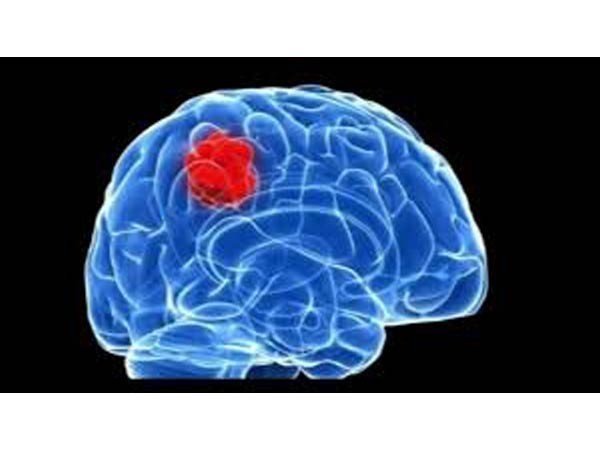
Amsterdam [Netherlands], December 6 (ANI): Restoring vision for visually impaired people might soon be a reality with the help of brain implants, due to recent discoveries at the Netherlands Institute for Neuroscience (NIN), which were published in the journal Science.
The study has revealed that newly developed high-resolution implants in the visual cortex of people who are blind will make it possible for them to understand artificially induced percepts and shapes.
The concept of stimulating the brain via an implant to generate artificial visual percepts is not new at all and dates back to the 1970s. However, the existing systems can only generate a small number of these artificial “pixels” at any given time. Researchers from a team led by Pieter Roelfsema at NIN are now using new implant production and implantation technologies, advanced materials engineering, microchip manufacturing, and microelectronics, to develop more stable devices and durable than previous implants. The initial results are very promising.
Electrical stimulation
When electrical stimulation is delivered to the brain via an implanted electrode, it generates the perception of a point of light at a particular location in visual space, known as a “phosphene”. The team developed high-resolution implants consisting of 1,024 electrodes and implanted them in the visual cortex of two sighted monkeys. Their goal was to create interpretable images by delivering electrical stimulation simultaneously via several electrodes, to generate a percept composed of several phosphenes.
Roelfsema says “The number of electrodes we have implanted in the visual cortex and the number of artificial pixels we can generate to produce high-resolution artificial images are unprecedented”.
Recognize dots, lines and letters
The monkeys during the research were first required to perform a simple behavioral task in which they made eye movements in order to signal the location of a phosphene that was triggered during electrical stimulation by an individual electrode. They were further tested on more complex tasks such as a motion direction task, in which micro-stimulation was delivered on a sequence of electrodes, and a letter discrimination task, in which micro-stimulation was delivered to 8 to 15 electrodes simultaneously. , creating a percept in the form of a letter. The monkeys were able to recognize shapes and percepts, including lines, moving dots, and letters, using their artificial vision.
Xing Chen, a postdoctoral researcher in the Roelfsema team explained, “Our implant interfaces directly with the brain, bypassing prior stages of visual processing via the eye or the optic nerve. Hence, in the future, such technology could be used for the restoration of low vision in blind people who have suffered injury or degeneration of the retina, eye or optic nerve, but whose cortex visual remains intact”.
This research lays the foundations for a neuroprosthetic device that would permit profoundly blind people to regain functional vision and to recognize objects, navigate in unfamiliar environments, and interact more easily in social settings, significantly improving their independence and quality of life. (ANI)



















